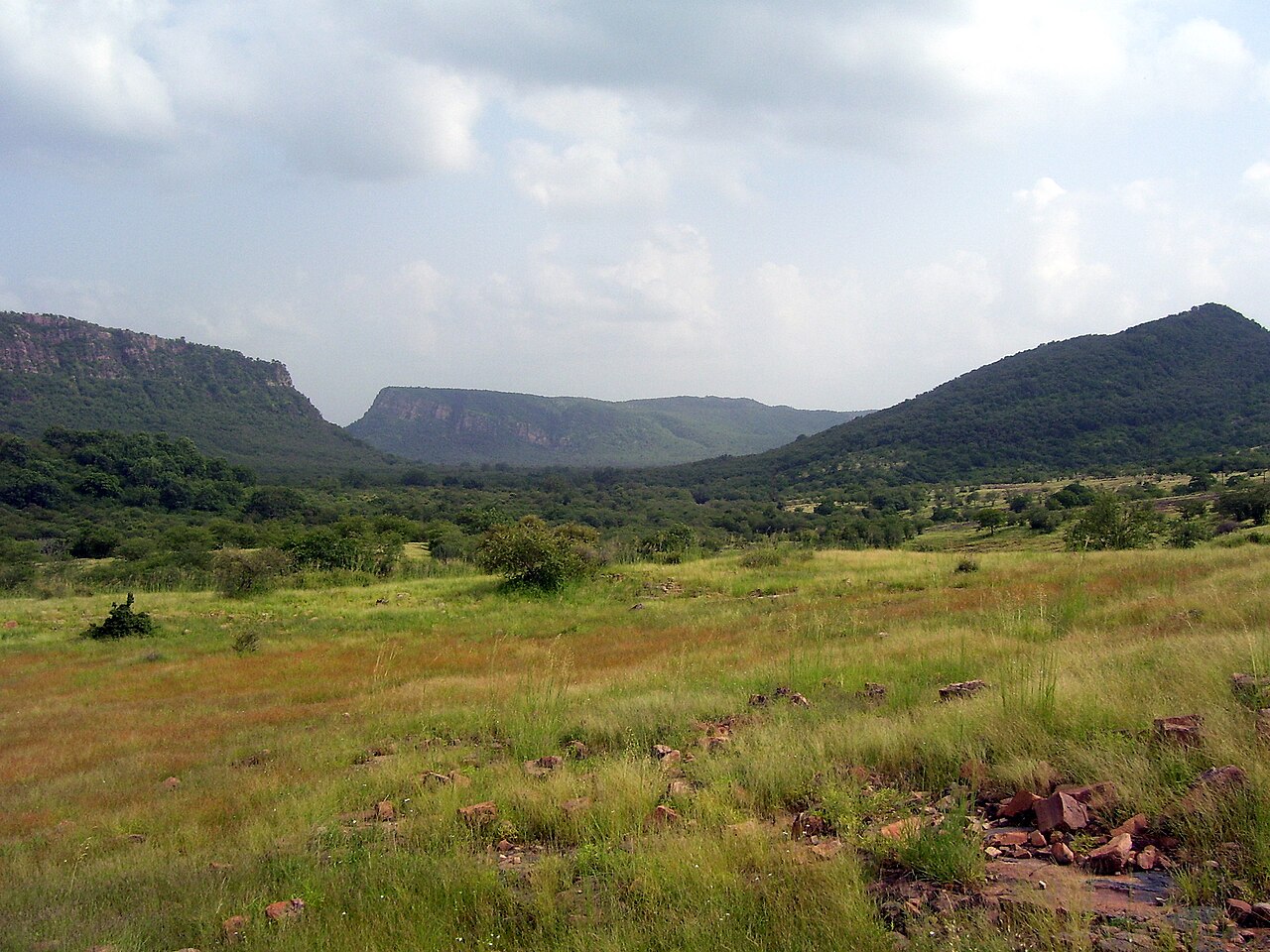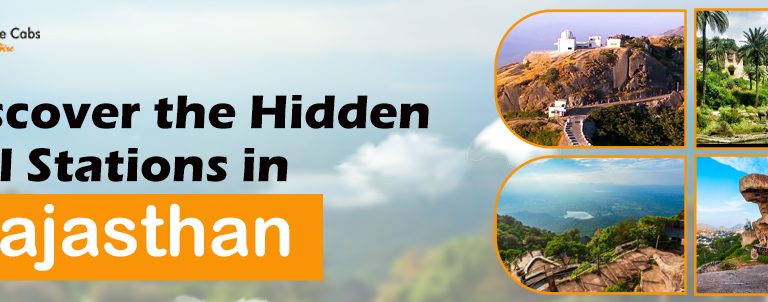India has some of the most thrilling wildlife safaris in the world due to its diverse landscapes and wide range of species. From the royal Bengal tigers of Ranthambore to the majestic elephants of Periyar, India’s national parks and wildlife sanctuaries offer a unique experience for nature lovers. Here is a detailed guide to India’s 10 best wildlife safaris, including essential information on timings, tickets, and travel times.
In this article, we discuss about 10 best wildlife safaris in India, top wildlife safaris in India, best time for a jungle safari in India, best wildlife safari in India, largest jungle safari in India.
1. Jim Corbett National Park, Uttarakhand
Overview
The oldest national park in India is Jim Corbett National Park, which was founded in 1936. It is well known for having a sizable Bengal tiger population. The park’s varied landscape includes grasslands, marshy depressions, riverine belts, and dense forests.
Timings and Visiting Time
- Best Time to Visit: November to June
- Safari Timings:
- Morning Safari: 6:00 AM – 9:30 AM
- Evening Safari: 2:30 PM – 6:00 PM
Tickets
- Jeep Safari: Approx. INR 4,000 for up to 6 people
- Canter Safari: Approx. INR 1,500 per person
Key Attractions
- Dhikala Zone: Known for tiger sightings
- Bijrani Zone: Rich in wildlife diversity
- Elephant Safari: A unique experience offered in the park
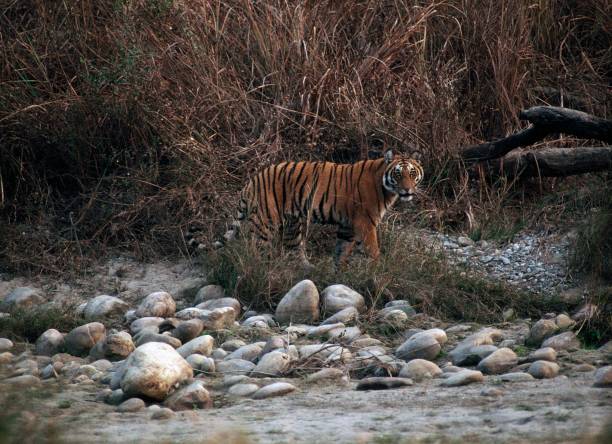
2. Ranthambore National Park, Rajasthan
Overview
One of the biggest and most well-known national parks in Northern India is Ranthambore National Park. It is a prime location for spotting tigers in their natural habitat.
Timings and Visiting Time
- Best Time to Visit: October to June
- Safari Timings:
- Morning Safari: 6:30 AM – 10:00 AM
- Evening Safari: 2:30 PM – 6:00 PM
Tickets
- Jeep Safari: Approx. INR 1,500 – INR 2,000 per person
- Canter Safari: Approx. INR 900 – INR 1,200 per person
Key Attractions
- Ranthambore Fort: A UNESCO World Heritage Site
- Padam Talao: A lake popular for bird-watching
3. Kaziranga National Park, Assam
Overview
Kaziranga National Park is a UNESCO World Heritage Site, famous for its population of the one-horned rhinoceros. Elephants, tigers, and a wide range of bird species are among the other fauna that may be seen in the park.
Timings and Visiting Time
- Best Time to Visit: November to April
- Safari Timings:
- Morning Safari: 7:30 AM – 10:00 AM
- Evening Safari: 2:00 PM – 4:30 PM
Tickets
- Jeep Safari: Approx. INR 3,000 – INR 4,000 for up to 6 people
- Elephant Safari: Approx. INR 1,200 per person
Key Attractions
- Elephant Safari: Best for spotting rhinos
- Western Range: Ideal for bird-watching
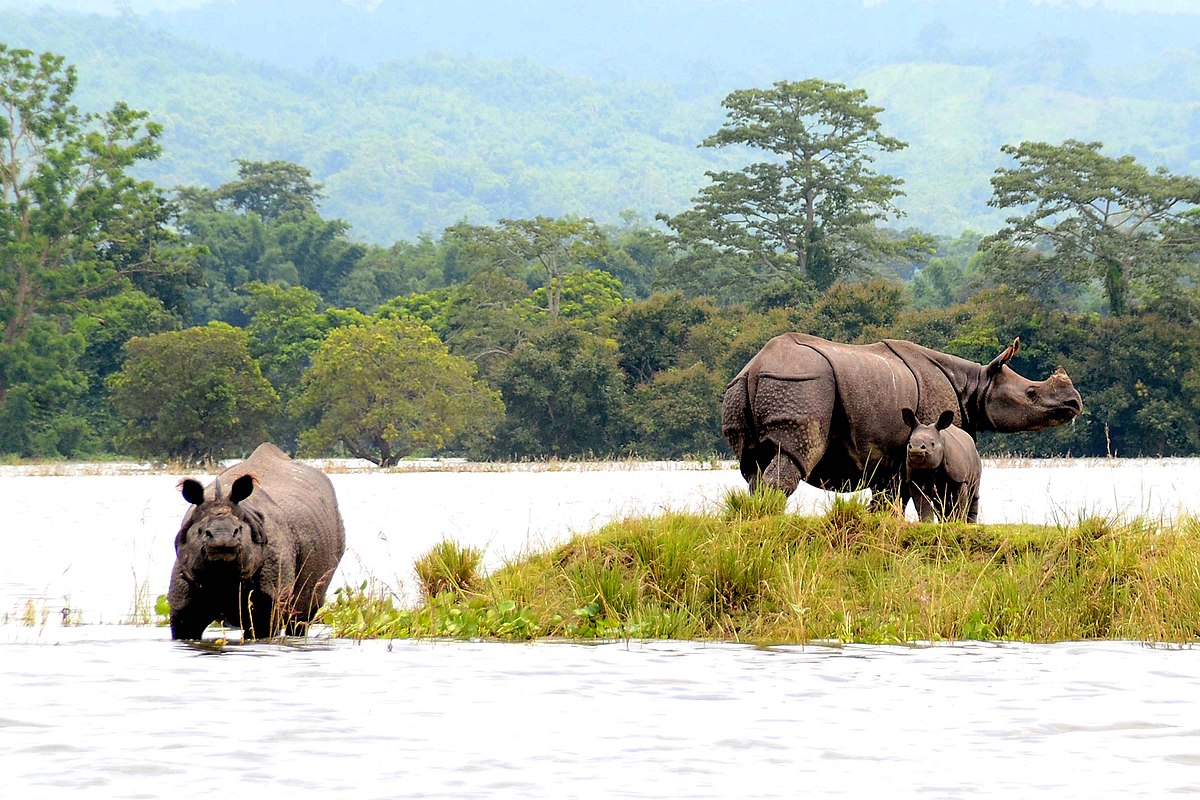
4. Bandhavgarh National Park, Madhya Pradesh
Overview
Bandhavgarh National Park is known for having the highest density of Bengal tigers in India. Rocky hills and dense forests characterize the park’s landscape.
Timings and Visiting Time
- Best Time to Visit: October to June
- Safari Timings:
- Morning Safari: 6:00 AM – 10:00 AM
- Evening Safari: 2:30 PM – 6:00 PM
Tickets
- Jeep Safari: Approx. INR 2,500 – INR 3,000 per person
- Elephant Safari: Available on request
Key Attractions
- Tala Zone: Prime area for tiger sightings
- Bandhavgarh Fort: Offers panoramic views and historical significance
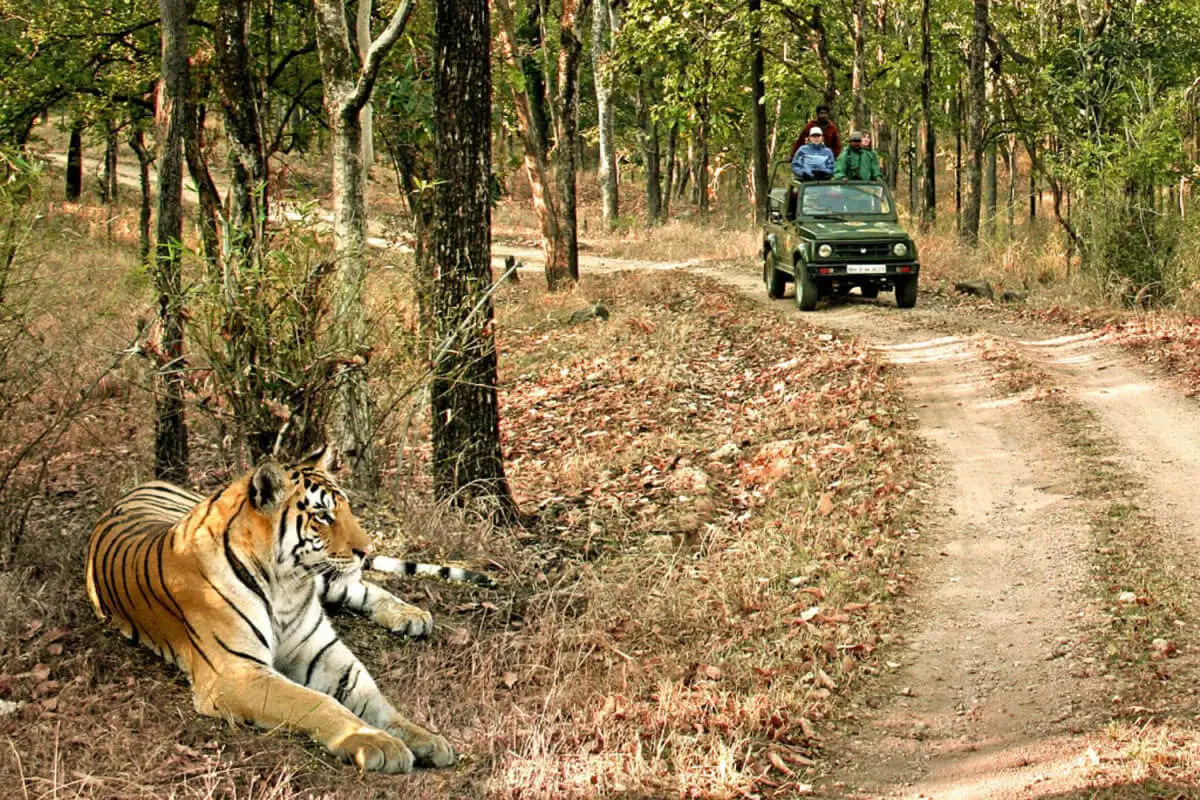
5. Kanha National Park, Madhya Pradesh
Overview
Kanha National Park inspired Rudyard Kipling’s famous novel, “The Jungle Book.” It is one of the best-maintained national parks in India and home to a significant population of Bengal tigers and the rare barasingha (swamp deer).
Timings and Visiting Time
- Best Time to Visit: October to June
- Safari Timings:
- Morning Safari: 6:30 AM – 11:00 AM
- Evening Safari: 3:00 PM – 6:00 PM
Tickets
- Jeep Safari: Approx. INR 2,000 – INR 3,000 per person
- Elephant Safari: Available on request
Key Attractions
- Kisli and Mukki Zones: Popular for tiger sightings
- Kanha Meadows: Ideal for spotting herbivores
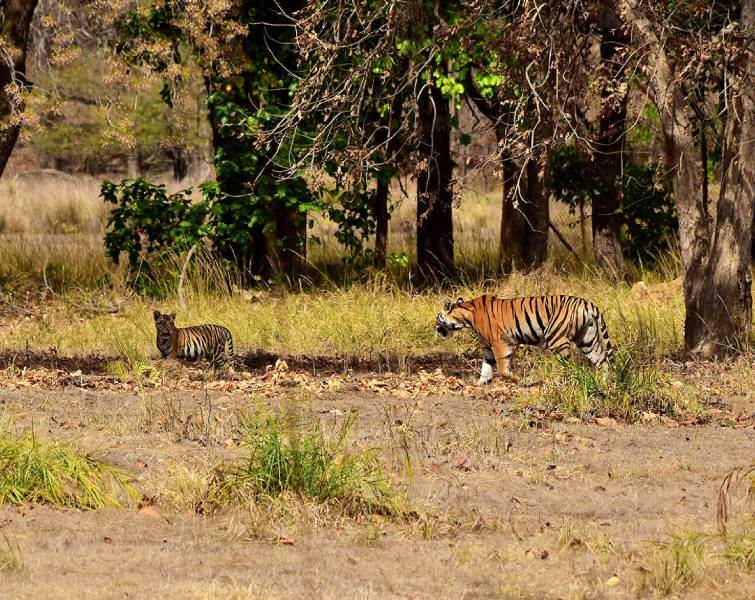
6. Periyar Wildlife Sanctuary, Kerala
Overview
Periyar Wildlife Sanctuary is located in the Western Ghats of Kerala. It is known for its elephant population and offers a unique opportunity to experience wildlife through boat safaris on the Periyar Lake.
Timings and Visiting Time
- Best Time to Visit: September to May
- Safari Timings:
- Boat Safari: 7:30 AM – 9:00 AM, 11:30 AM – 1:00 PM, 3:30 PM – 5:00 PM
Tickets
- Boat Safari: Approx. INR 225 – INR 300 per person
- Jeep Safari: Approx. INR 1,800 – INR 2,500 per person
Key Attractions
- Boat Safari: Unique way to view wildlife
- Bamboo Rafting: Offers a close-up experience of the forest
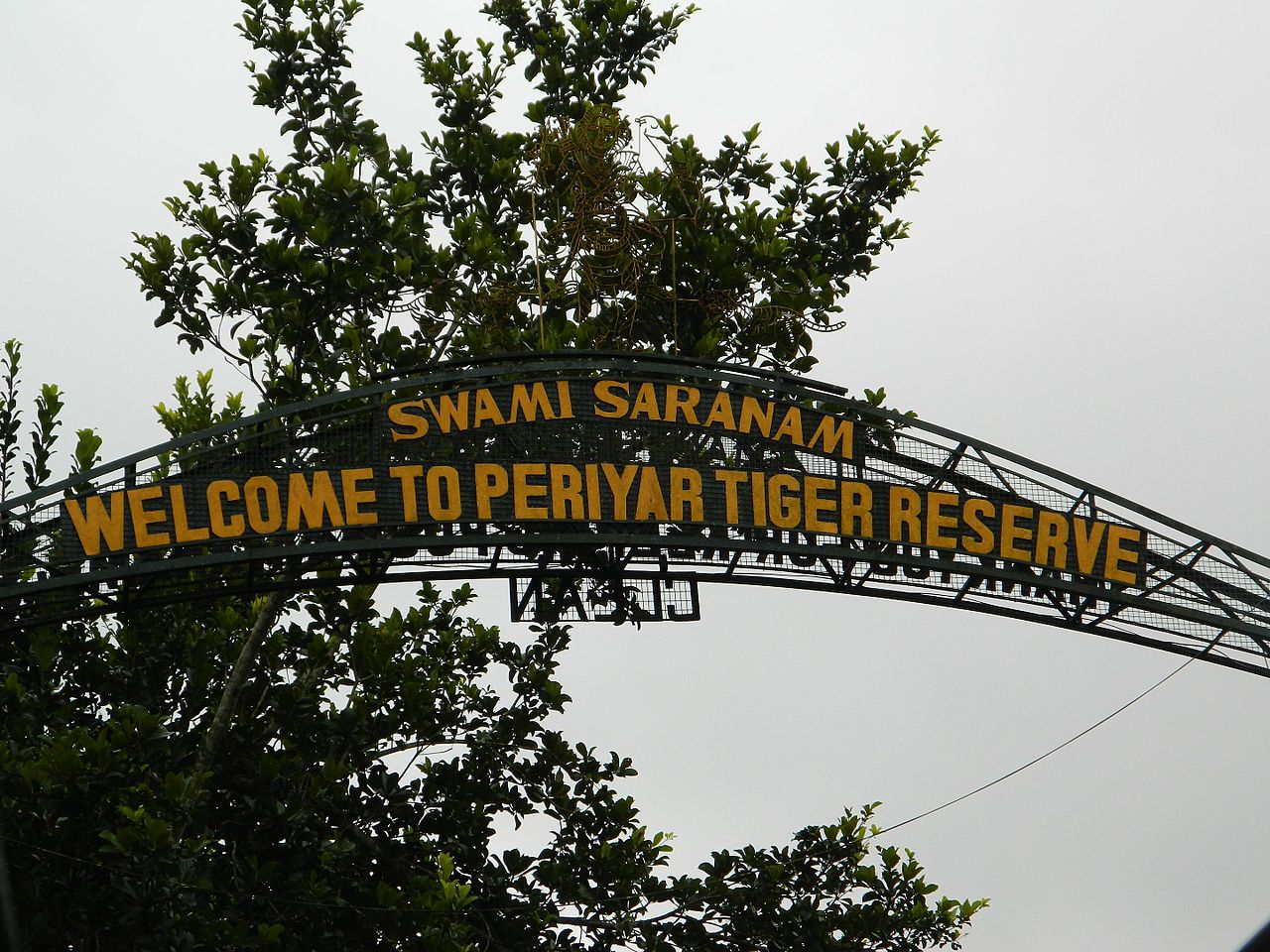
7. Sundarbans National Park, West Bengal
Overview
The Sundarbans, a UNESCO World Heritage Site, is the world’s biggest mangrove forest. It is famous for its population of the Royal Bengal Tiger and its unique ecosystem.
Timings and Visiting Time
- Best Time to Visit: November to March
- Safari Timings: Varies with tide timings
Tickets
- Boat Safari: Approx. INR 2,000 – INR 3,000 per person
- Permits: Required and available at the entry points
Key Attractions
- Sajnekhali Watch Tower: Ideal for bird-watching
- Sudhanyakhali Watch Tower: Popular for spotting tigers
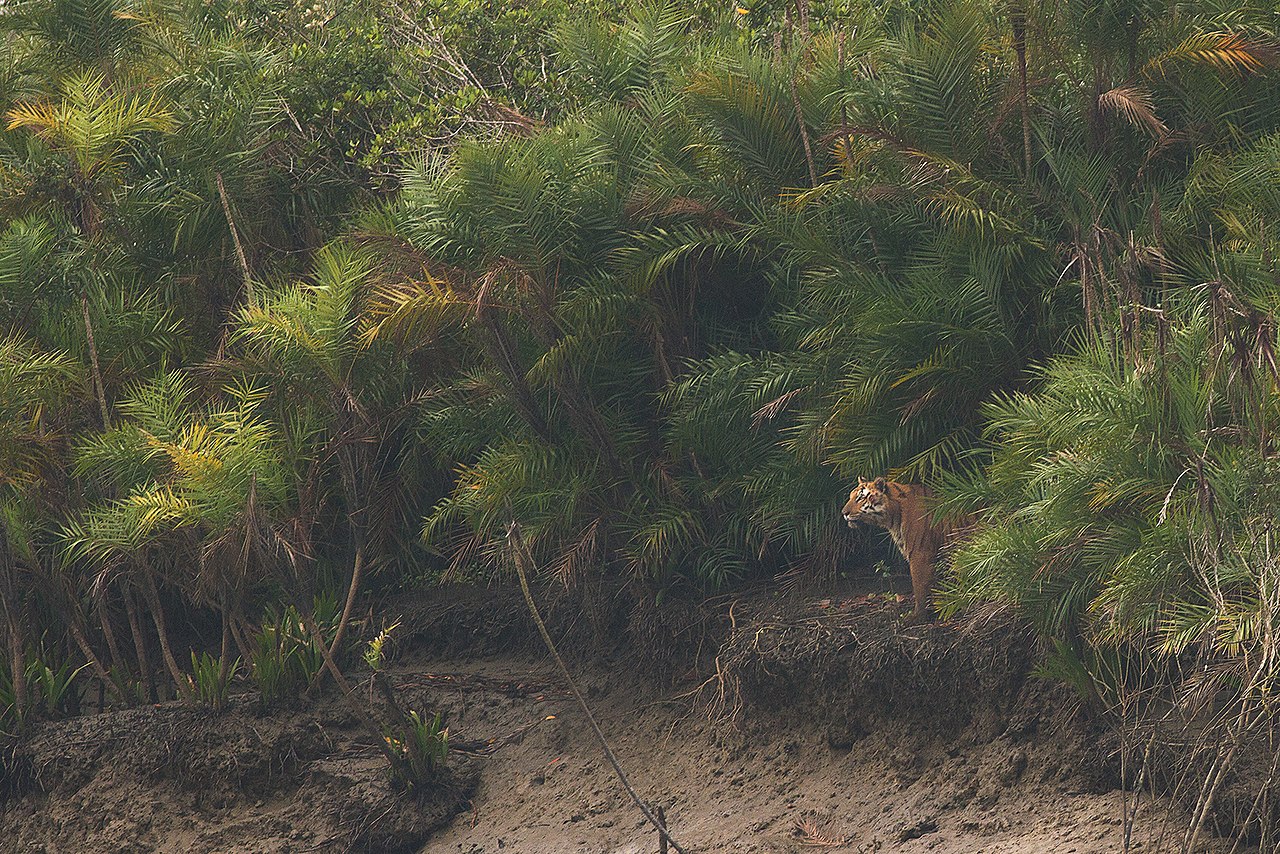
8. Gir National Park, Gujarat
Overview
Gir National Park is the only place in the world where you can see Asiatic lions in the wild. The park also boasts a diverse range of flora and fauna.
Timings and Visiting Time
- Best Time to Visit: December to April
- Safari Timings:
- Morning Safari: 6:30 AM – 9:30 AM
- Evening Safari: 3:00 PM – 6:00 PM
Tickets
- Jeep Safari: Approx. INR 4,000 for up to 6 people
- Permit Fees: Approx. INR 800 per person
Key Attractions
- Lion Safari: Primary attraction for visitors
- Kamleshwar Dam: Good spot for bird-watching
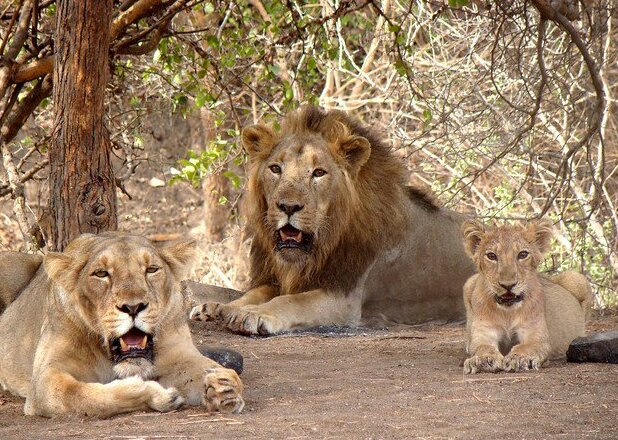
9. Tadoba Andhari Tiger Reserve, Maharashtra
Overview
Tadoba Andhari Tiger Reserve is Maharashtra’s oldest and largest national park. It is known for its tiger population and diverse wildlife.
Timings and Visiting Time
- Best Time to Visit: October to June
- Safari Timings:
- Morning Safari: 6:00 AM – 10:00 AM
- Evening Safari: 3:00 PM – 6:00 PM
Tickets
- Jeep Safari: Approx. INR 2,000 – INR 3,000 per person
- Canter Safari: Approx. INR 1,500 per person
Key Attractions
- Moharli and Kolsa Zones: Popular for tiger sightings
- Tadoba Lake: Excellent for bird watching
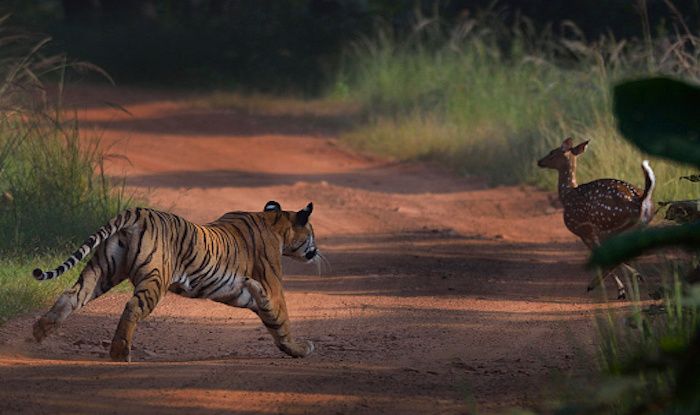
10. Nagarhole National Park, Karnataka
Overview
Nagarhole National Park, also known as Rajiv Gandhi National Park, is part of the Nilgiri Biosphere Reserve. It is famous for its tiger population and rich biodiversity.
Timings and Visiting Time
- Best Time to Visit: October to May
- Safari Timings:
- Morning Safari: 6:00 AM – 8:00 AM, 8:00 AM – 10:00 AM
- Evening Safari: 3:00 PM – 5:00 PM, 5:00 PM – 7:00 PM
Tickets
- Jeep Safari: Approx. INR 2,500 – INR 3,500 per person
- Boat Safari: Approx. INR 800 – INR 1,200 per person
Key Attractions
- Kabini River: Famous for boat safaris
- Elephant Safari: Offers a unique perspective of the park
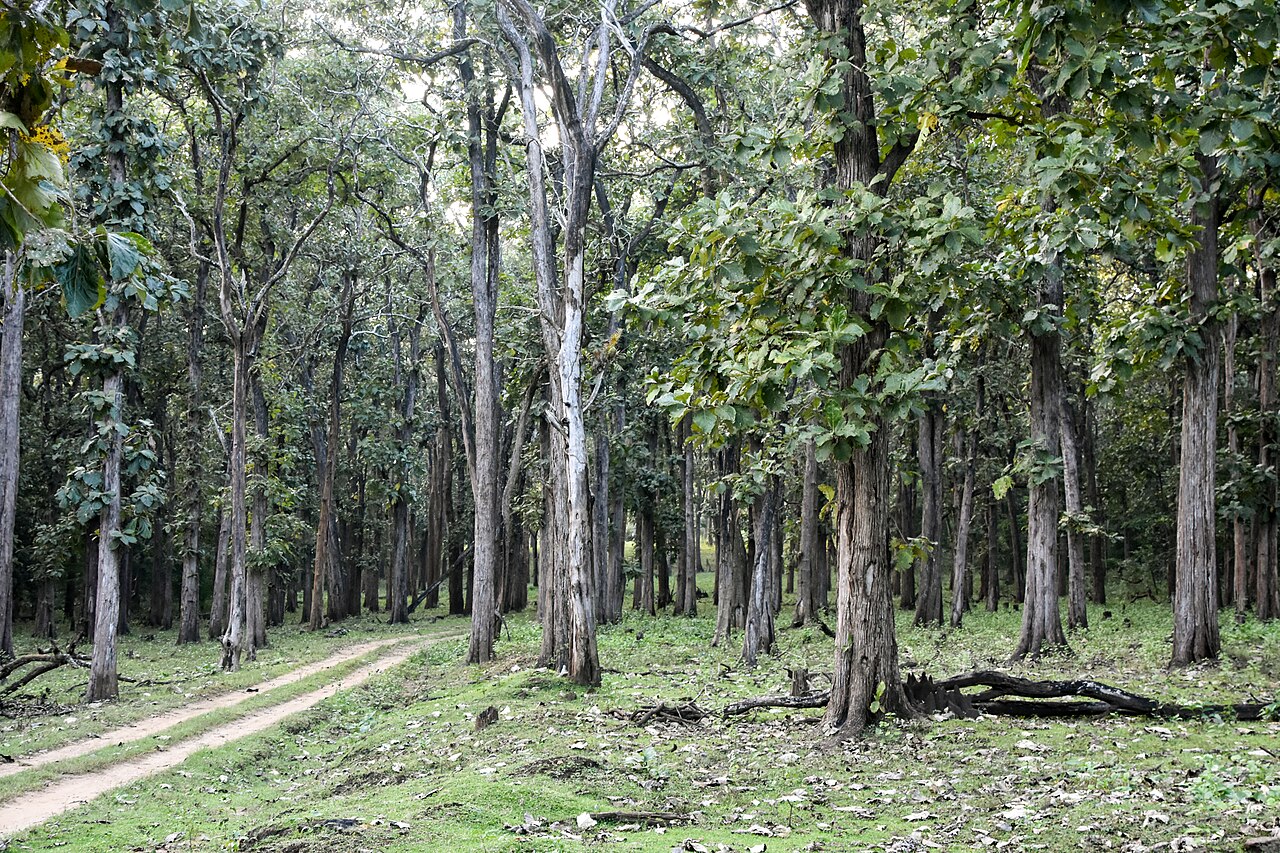
Conclusion: About Wildlife Safari in India
India’s wildlife safaris offer a mesmerizing glimpse into the country’s rich natural heritage. From the dense forests of Madhya Pradesh to the mangroves of the Sundarbans, each safari promises a unique and thrilling experience. Whether you are an avid wildlife photographer, a nature enthusiast, or simply seeking an adventurous getaway, these wildlife safaris provide unforgettable moments and memories. Plan your visit to these top wildlife destinations, ensure you follow the guidelines, and respect the natural habitats to contribute to their preservation for future generations.
Also Read: Best wildlife safari & Desert Safari in Rajasthan
Aslos Read: Hidden Gems of Rajasthan
FAQs About: Wildlife Safari in India
1. What should I wear during a wildlife safari in India?
- It’s advisable to wear comfortable and lightweight clothing, preferably in neutral colors. Avoid bright colors that may attract insects or scare away animals. Also, don’t forget to wear sturdy walking shoes or boots and carry a hat or cap to protect yourself from the sun.
2. Are wildlife safaris safe in India?
- Yes, wildlife safaris in India are generally safe if conducted with licensed and experienced guides. Follow the instructions provided by the guides and avoid any risky behavior that may disturb the animals or their habitats. It’s essential to respect the wildlife and maintain a safe distance from the animals.
3. What types of safaris are available in Indian national parks?
- The most common types of safaris offered in Indian national parks include jeep safaris, elephant safaris, boat safaris, and canter safaris. Each type offers a unique experience and opportunity to explore different areas of the park.
4. How can I book tickets for a wildlife safari?
- Tickets for wildlife safaris can usually be booked online through the official websites of the respective national parks or through authorized tour operators. To guarantee your position, it’s advised to make reservations in advance, particularly during the busiest travel seasons.
5. What wildlife can I expect to see during a safari in India?
- The wildlife you may encounter during a safari in India varies depending on the location. Common sightings include Bengal tigers, Indian elephants, one-horned rhinoceroses, Asiatic lions, leopards, deer species, various bird species, and more.
6. What is the best time of year to visit Indian national parks for a safari?
- The best time to visit Indian national parks for a safari depends on the location and the wildlife you want to see. However, generally, the winter months (November to February) are considered the best time for wildlife viewing due to pleasant weather and higher chances of animal sightings.
7. Can I take photographs during a wildlife safari?
- Yes, photography is allowed during wildlife safaris, but it’s essential to follow the park’s rules and guidelines. Avoid using flash photography, as it may disturb the animals. Also, be respectful of other safari participants and the wildlife’s natural habitat.
8. Are there any age restrictions for wildlife safaris in India?
- Age restrictions may vary depending on the type of safari and the national park’s regulations. Some parks may have minimum age requirements for certain safaris, such as elephant safaris. It’s advisable to check with the park authorities or tour operators before booking.
9. What should I bring with me on a wildlife safari?
- Essential items to bring on a wildlife safari include sunscreen, insect repellent, binoculars, a camera with a telephoto lens, a water bottle, snacks, and any necessary medications. It’s also a good idea to carry a small backpack to keep your belongings organized during the safari.
10. How can I contribute to wildlife conservation during my safari?
- You can contribute to wildlife conservation by following the park’s rules and guidelines, supporting local conservation initiatives, and practicing responsible tourism. Avoid littering, feeding the animals, or engaging in any behavior that may harm the environment or wildlife. Additionally, consider donating to reputable conservation organizations working to protect India’s wildlife and their habitats.

